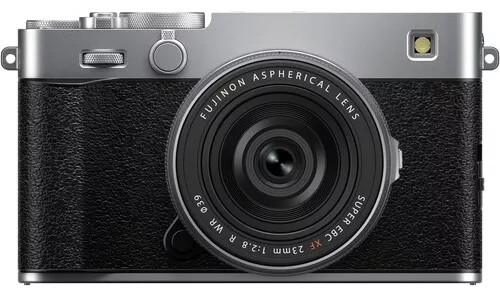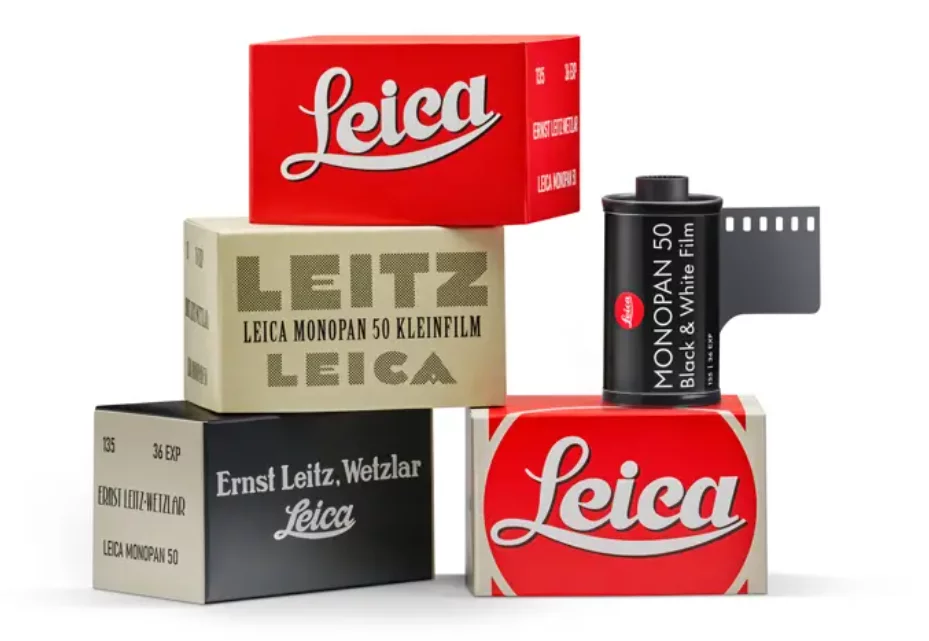Rumours are swirling over on SonyAlphaRumours that the much-hyped Nikon D850 has struggled in dynamic range tests compared to the high-vaunted, but slightly aging Sony A7r II. Estimations created by William Claff Photons to Photos show a surprising difference between the dynamic range in the newly announced Nikon D850 and the older Sony A7r II with the Sony coming out slightly, but noticably on top.
The Sony A7r II, announced in 2015, remains popular amongst mirrorless camera users. Though there aren't enough Nikon D850 reviews for us to come to solid conclusions, the graph above says a lot about the power of the A7r II.
Don't worry if the graph looks like an indecipherable language to you. All it's showing is that the Sony A7r II has a “better” dynamic range than the D850, which leads to the question…
What Is Dynamic Range?
Dynamic range refers to the wideness of the range of tones captured in-camera . A wide dynamic range is highly valued by many photographers. The ability to evenly capture various tones, similar to what the eye can see, is what makes a wide dynamic range so valuable. Thus, the higher a camera's dynamic range, the better.
Dynamic range is often associated with HDR photography (short for High Dynamic Range). As you can see in the photo below, HDR photos are sharp and seemingly well-exposed photographs, usually of landscapes and nature. HDR photos attempt to replicate what the human eye naturally sees. In short, they combine as many values as possible to create a sharp, even-looking image. (If you'd like to find out more about HDR photography, check out this article.)

However, HDR photographs are usually created in editing programs like Photoshop. Typically, they are stitched together using three differently exposed photographs of the same scene.
What's So Special About the Nikon D850, Then?
If capturing a wide range of tones is important to you, the graph at Photons to Photos will certainly matter to you. You may lean toward the A7r II because of its higher dynamic range. On the other hand, the Nikon D850 may appeal to you because of its sensor and improved autofocus system.
The D850 and A7r II have many similarities despite their age difference. Both have great image quality, 4K video, and an advanced autofocus system.
The differences include the prices ($3,300 for the D850, and $2,700 for the A7r II) and the fact that the former is a DSLR and the latter a mirrorless camera. Additionally, their size and weight vary greatly (the D850 weighs almost twice as much as the A7r II). The D850's battery life is stronger; it also has dual memory card slots. The A7r II is lighter and more affordable.
Ultimately, it all comes down to your personal preferences and shooting style. Though the D850 has yet to be tested to the point where its capabilities are evident, it's a given that both cameras are powerful and incredible tools for a variety of artists. The conclusion we can all come to based on the graph is that certain cameras, such as the Sony A7r II, are timeless when it comes to popularity and strength. Will we be able to say the same thing about the Nikon D850 in a couple of years?
Helpful Resources
Sony Alpha Rumors
Understanding Dynamic Range
Nikon D850 vs Sony A7r II





3 Comments
One thing none of these manufacturers is taking into account is the fact that – apart from having lost most of the mass consumer market to “smartphones” – there are limits to what is “better” than what we already have.
So what are we being asked to choose between?
Sony is partly to blame for the contents of a D850, BTW – apparently they withheld some of the technology in the A7rII’s sensor/processor so Nikon went off and have developed their own. I congratulate Nik for that – and if that part of the story is true, what happens in the hereafter will serve Sony right, they’ll have nobody but themselves to blame for it.
Am I being asked to prefer a more vivid picture to what may, artistically, be a “better” picture? I already have a cam that has a more vivid picture than my D810’s – is it a criterion? – yes, no and maybe – actually I’m aware of the differences between the two cams and it simply becomes one of the factors I take into account when deciding which camera I am going to shoot with. On the basis of that particular criterion, neither is “better” – any more than one can say champagne is better than a loaf of bread – they just serve different purposes or functions.
I am sure there are many criteria which affect these purchase decisions. And the photon thing is simply one member of the cast, not a decisive factor.
Nikon has claimed to make nearly all of its current full frame sensors itself. In reality, they’re off the shelf Sony sensors modified for Nikon. Nikon doesn’t have the facilities to make their own sensors, nor money, at this point.
I can only republish what I’ve read.
“While Nikon contracts with a silicon foundry to actually manufacture the chips, Nikon confirmed that the D850’s sensor is entirely their own design, vs. an off-the-shelf unit from a sensor manufacturer.” – [Nikon Rumors]
“It’s the company’s first DSLR to boast a back-side illuminated (BSI) CMOS sensor, and eschews an optical low-pass filter (OLPF) to preserve maximum sharpness. Nikon didn’t mention who built it, but Sony uses a pretty similar sensor on its 42-megapixel, full-frame Alpha A7R II.” [EnGadget]
“In speaking to Imaging Resource, Nikon revealed that they designed the new sensor in the D850 entirely in-house, which is a marked departure, as the company has traditionally used Sony sensors in most of its cameras, including the D850’s predecessor, the D810. Nikon didn’t mention if this was in response to Sony announcing earlier this year that they would be keeping their best sensors exclusively for their own cameras, though it wouldn’t be surprising if that was the case. ” – [Fstoppers]
None of which of course tells us WHO actually makes the sensor.